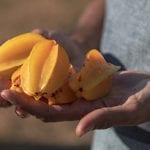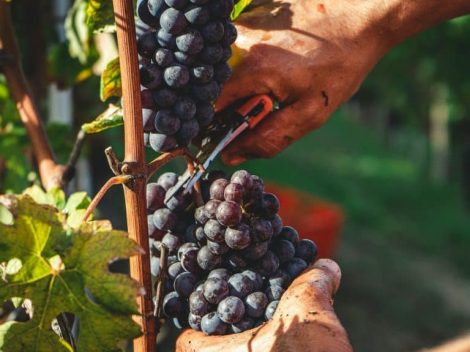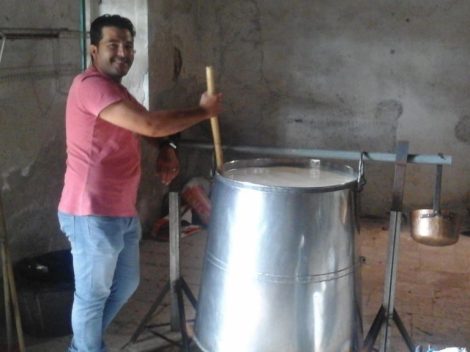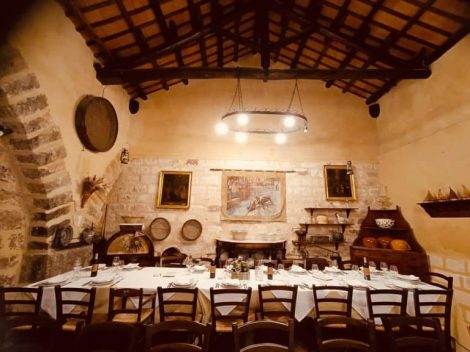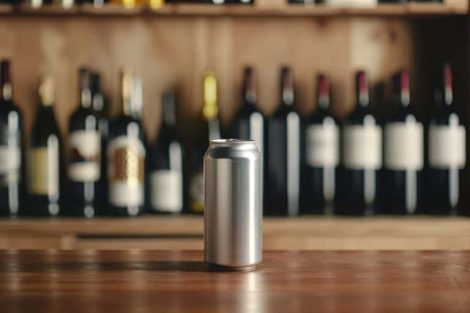Tradition has it that marron glacés are the invention of a cook of Duke Charles Emmanuel I, made with the large and tasty chestnuts of the Cuneo region, aka marroni. Our French cousins place them in the 17th century in Lyon or perhaps at the court of the Sun King Louis XIV, with the recipe for chestnuts cooked in sugar by chef François-Pierre de La Varenne, author among other things of Le Parfait Confiturier, the confectioner's bible, 1664. Il Piemonte confectionary art, with the recipe for the chestnuts, was also published in the late 18th century. And it was in the 18th century that marrons glacés became a craze in courts and among aristocrats all over Europe, even exchanged as a good-luck gift for the new year among the high society. There are tales of conspicuous shipments of marron glacés from Piemonte to the French court, a Savoy tribute to the sovereigns next door: not for nothing the French also call them “marrons de Turin”. And the Count of Cavour used to order kilos of them from Confetteria Stratta (where they kept orders and invoices) for palace parties.
Marron glacés today
Artisanal marron glacés have a price that ranges from 70 to 80 euro per kilo, “because it is a very long process,” explains Alessandro Dalmasso, Tre Torte in Gambero Rosso Pasticceri e Paticcerie guide, “especially if you start from the fruit, a process that very few follow.” Today, in fact, most marron glacés arrive already prepared by the industry leader, Agrimontana in Borgo San Dalmazzo (CN). So, typical marrons from the Cuneo valleys (larger and with a softer, firmer pulp), naturally organic, harvested by hand, then steamed peeled and candied in the traditional way in a water and sugar syrup. They are then covered with an icing sugar glaze and preserved using a patented modified atmosphere system without additives or preservatives. Agrimontana produces more than 200 tonnes of product each year, of which 70% are candied chestnuts for pastry shops. On the other front, the hard core of those who continue to produce marron glacé from chestnuts is small, but it resists: in Turin and the surrounding area for example Gianni Dell'Agnese, Gino Rigobello (Pasticceria Raspino), Marco Vacchieri in Rivalta di Torino.
How to make marron glacé
What ingredient to start with? The important thing is that it is hailing from Piemonte, in the Cuneo area as in the Susa Valley there are excellent chestnuts. Peeled chestnuts, mostly: hardly anyone peels them anymore. Then we move on to cooking: 4 to 4 1/2 hours in a large vat with a tap so that it can be emptied easily. Water is then removed, while carefully not touching the chestnuts, which are very delicate. They are then placed in the copper candissoire and candied by covering them flush with a syrup of water, sugar and a vanilla pod, which must be topped up every day (for at least 5/6 days) with an increasingly thicker sugar syrup. The chestnuts are then placed on the grill to drain. At this point, the chestnuts can still be glazed (which not everyone does, most customers prefer them without) with a syrup of water and sugar and icing and then baked in the oven at 230-240° to set.
Where to find the best marron glacés in Turin and surrounding province
Marron glacés are candies that encapsulate the flavour of autumn, perfect to give as a gift or treat yourself to. Here are 10 pastry shops in Turin and surrounding province where you can find the best.
The best marron glacés in Avigliana (TO)
Pasticceria Dalmasso
Alessandro Dalmasso certainly needs no introduction: a great pastry chef and captain of the team that won the Gold Medal at the World Pastry Championships in Lyon in 2021, he is an absolute connoisseur of mignon pastries, a tradition that he often revisits in an innovative way. The classic dry pastries (ovis, soft macaroons, shortbread biscuits) are also of the highest school, as well as the sensational cakes, with the Sincato di gola silver medal at the World Cup in 2011. The big news for 2024 is the “World Tour of Cakes” card: every month a typical cake from around the world, following seasonality and flair. Impeccable are its marron glacés, personally candied starting from raw, already peeled marrons. Another location in Rivoli (TO), in Corso Susa 7A.
Pasticceria Dalmasso - Corso Laghi, 10 - pasticceriadalmasso.it
Rivalta di Torino (TO)
Marco Vacchieri – Dolci Intuizioni
Inviting to stop by the fine establishment of Marco Vacchieri, a skilled pastry chef with a predilection for the “food of the gods” that translates into an excellent chocolate shop (pralines, gianduiotti, truffles). His proposal, however, covers every branch of the sweet art, from cakes (real musts are the meringata and the Vacchier, the house Sacher with zabaglione) to biscuits (the very light puff pastries are one of his specialities) to ice cream. Also not to be missed are the marron glacés, those sold loose are made entirely by hand, starting with chestnuts still to be peeled.
Marco Vacchieri - Dolci Intuizioni - via Roma, 2 - vacchieri.it
San Giorgio Canavese (TO)
Roletti
Entering Roletti's is like taking a trip back in time. The atmosphere is still the same as when Giuseppe Roletti (Pinot) opened his patisserie in 1896. The Savoy coat of arms tells of a glorious history and excellent patrons, from Queen Margherita of Savoy to Duchess Lydia Aremberg, to whom the ethereal Biscotti della Duchessa were dedicated. The specialities of the Savoy confectionery are still a source of pride today, along with the excellent confectionery: marron glacés - handmade using artisanal methods - are a speciality, also to be enjoyed in the delicious panettone cakes.
Roletti - via Carlo Alberto, 26 – roletti1896.it
Turin
Baratti & Milano
A sumptuous historical café under the arcades of Piazza Castello, it is a true city icon. Confectionery and chocolatery are the excellences of the house; the famous Baratti candies and great chocolates were born here (the Baratti cremino, the Subalpino, the TO, praline filled with cream and hazelnut grains), which are flanked by excellent bars, candied citrus peel, and spreadable creams. The marron glacés are also available in beautiful gift packs and should also be tried as an ice cream flavour and as a filling for chantilly.
Baratti & Milano – piazza Castello, 27 - barattiemilano.it
Bottega Storica Odilla Bastoni
It is the realm of Gabriele Maiolani, a great maître chocolatier with a solid training gained in France with the best professionals (André Sauvadet) and the École Valrhona, who expresses himself in excellent pralines, gianduiotti, the Majò (boule with hazelnut cream), Nocciolini (chocolate-covered hazelnuts), and Gran Nocciolato. Also noteworthy are the biscuits, tarts and the Odilla cake (made with buckwheat, blueberry and raspberry jam) and the excellent marron glacés, for which Maiolani uses already peeled and frozen marrons that he personally candies (and also proposes the ultra-crafted ones from Benvenuto, a historic Genoese brand).
Bottega Storica Odilla Bastoni - via Fratelli Carle, 38 – odilla.it
Pasticceria Dell'Agnese
Giovanni dell'Agnese is a leading name in Turin pastry making. Supported by his whole family (with his son Luca at his side in the workshop) he runs this fine establishment where - thanks to the successful marriage of artisanal workmanship and the best raw materials - he offers a proposal that honours local tradition but is careful to keep up with the times. He is one of the few pastry chefs to take care of the entire production process of marron glacés, which are truly delicious: crisp and soft in all the right places, fleshy and perfectly balanced in sugar content.
Pasticceria Dell’Agnese – Corso Unione Sovietica, 417 - dellagnesegiovanni.it
Gastropasticceria Scaiola
In the Crocetta district, an establishment that is at once a delicatessen, bistro, cafeteria and pastry shop. All family-run: the two brothers Luca, chef and sommelier, and Giacomo, pastry chef, with father in the kitchen and mother at the counter. On offer are sweet pastries, cakes, ice cream and marron glacé, all totally artisanal, produced only in small quantities. Giacomo prepares them starting with chestnuts from Villar Focchiardo, which he peels, boils and then candies personally, performing a light candying process fixed with a step in the oven: try it.
Gastropasticceria Scaiola - Via Fratelli Carle, 46 - gastropasticceriascaiola.it
Caffè Platti
A historic café that has retained all the charm of a late 19th-century establishment glittering with mirrors and gilding. The likes of Cesare Pavese, Giulio Einaudi (the publishing house is just a few minutes away) and Natalia Ginzburg have frequente its rooms. Managed by Gerla, it thus avails itself of the collaboration of Evi Polliotto for the pastry and Fabrizio Tesse, the chef who coordinates the food offerings of the entire group. Evi makes the marron glacé starting with Agrimontana marrons, with a 5/6-day candying process, thin and perfect. A curiosity: they are also the protagonists of the Conte Rosso cocktail, based on Vermouth, with marron glacé velvet and a slice to finish.
Caffè Platti - Corso Vittorio Emanuele II, 72- platti1875.com
Pfatisch
Since 1915 under the arcades of Via Sacchi, Pfatisch in its ambience and offerings combines the charm of tradition with contemporary touches. Famous for the quality of its chocolatery - pralines, bars, the Toh, a tribute to Nicola Russo's sculpture dedicated to the 'toretti' the little fountains of Turin - and for its mignon pastries, including savoury ones, as well as its cakes (first and foremost the famous Festivo). Here the marron glacés are made with marrons from Villar Focchiardo and candied by hand (about a week's work).
Pfatisch - Via Paolo Sacchi 42 - pfatisch.com
Pasticceria Raspino
In the beautiful pastry café in the Regio Parco district, Gino Rigobello offers a proposal centred on craftsmanship and quality raw materials. The production is all of a high standard, including chocolate and confectionery. Among the house must-haves are candied fruit (citron, orange, Savona chinotto) and marron glacés, which are still made by hand here and also embellish specialities such as the Provami cake in its winter version.
Pasticceria Raspino – Corso Regio Parco, 24 - Facebook
Stratta
Stratta, a city institution under the arcades of Piazza San Carlo, was founded in 1836. It welcomes its customers with shop windows always artfully set up, well cared for period settings, and the coat of arms as 'Supplier of the Royal House' tells of its great history. Confectionery and chocolate are among its flagships, with candies, jellies, truffles, pralines and chocolates (the Gioie di Cavour are excellent). The marron glacés here are a historic speciality - also a passion of the Court and the Count of Cavour - and still highly appreciated today.
Stratta – Piazza San Carlo, 191 - stratta1836.it

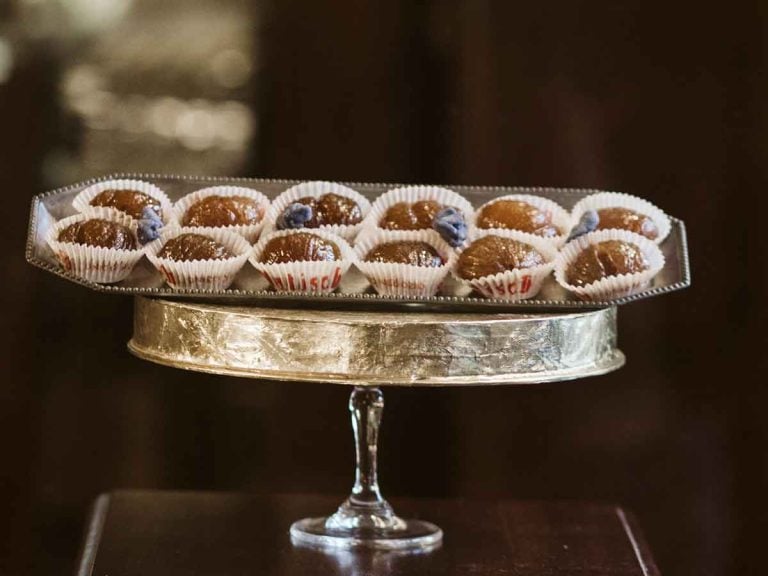
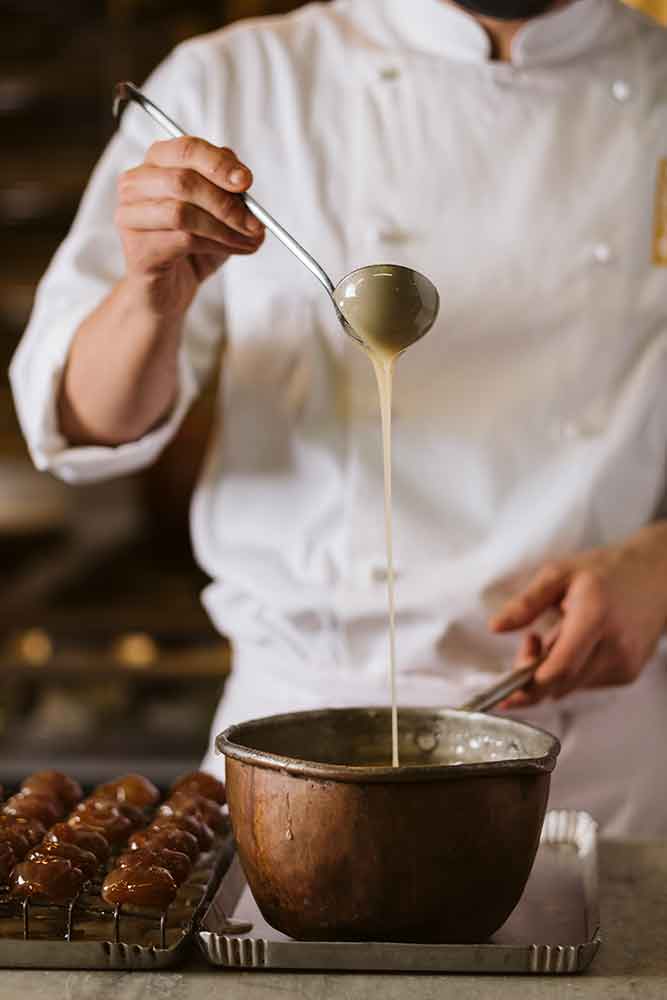
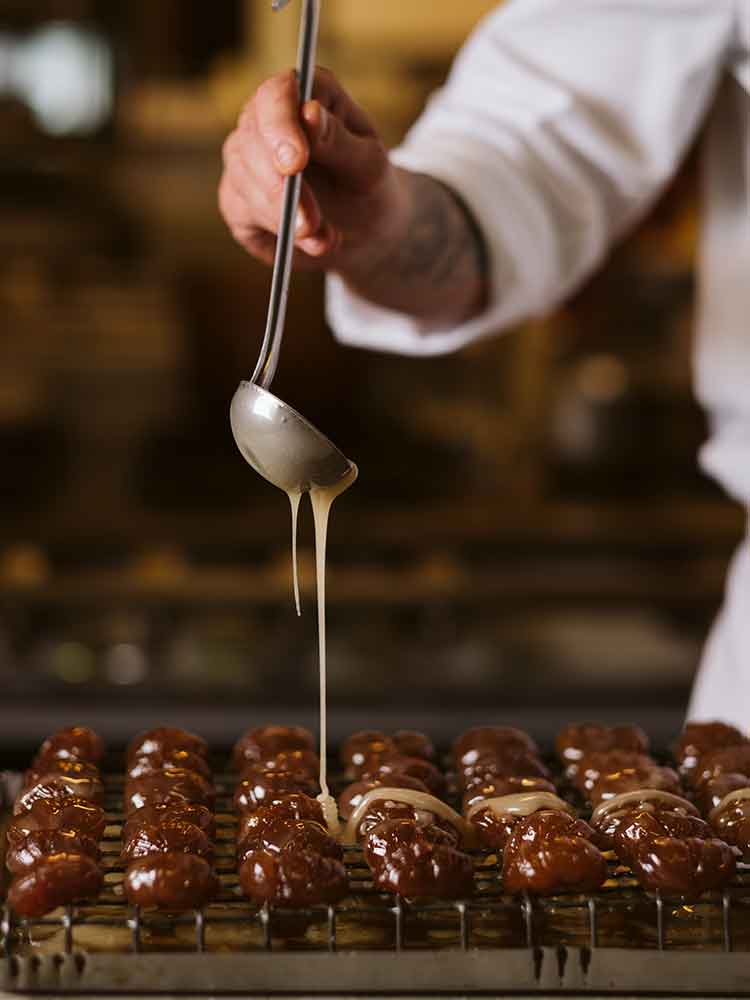
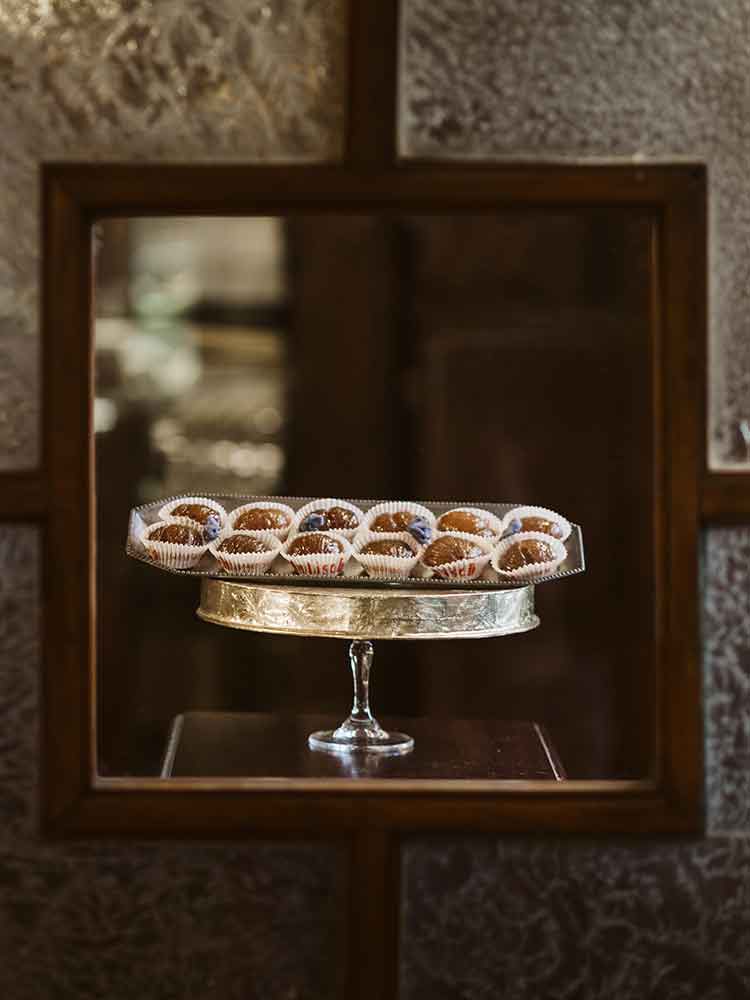
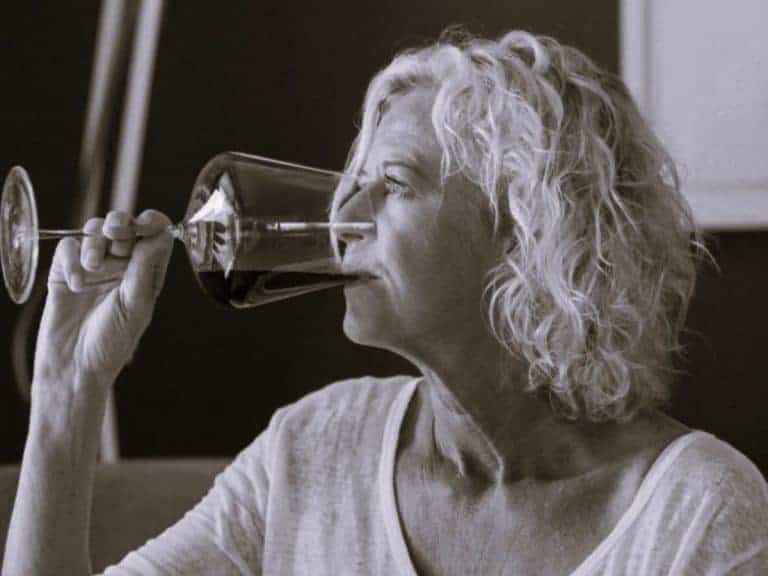 "Chenin Blanc will be the new Chardonnay": Interview with Master of Wine Madeleine Stenwreth
"Chenin Blanc will be the new Chardonnay": Interview with Master of Wine Madeleine Stenwreth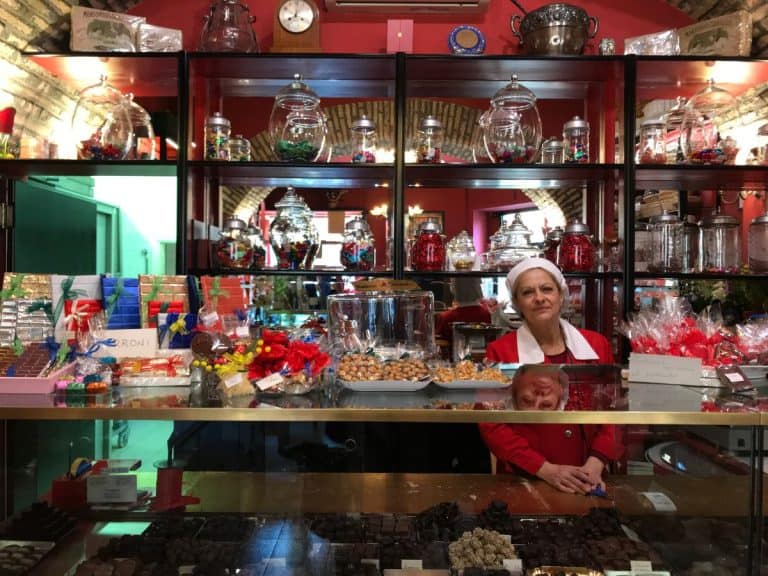 The ancient chocolate factory hidden in the alleys of Rome
The ancient chocolate factory hidden in the alleys of Rome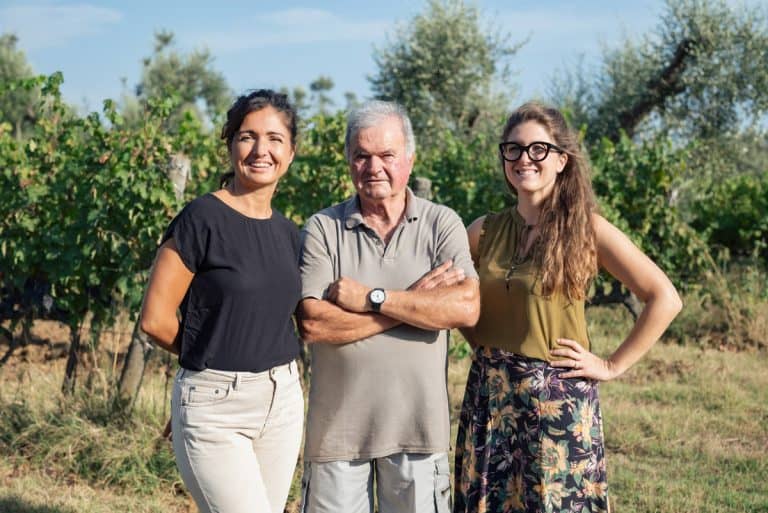 The two sisters carrying forward one of the first wineries to bet on Bolgheri
The two sisters carrying forward one of the first wineries to bet on Bolgheri Women are the best sommeliers. Here are the scientific studies
Women are the best sommeliers. Here are the scientific studies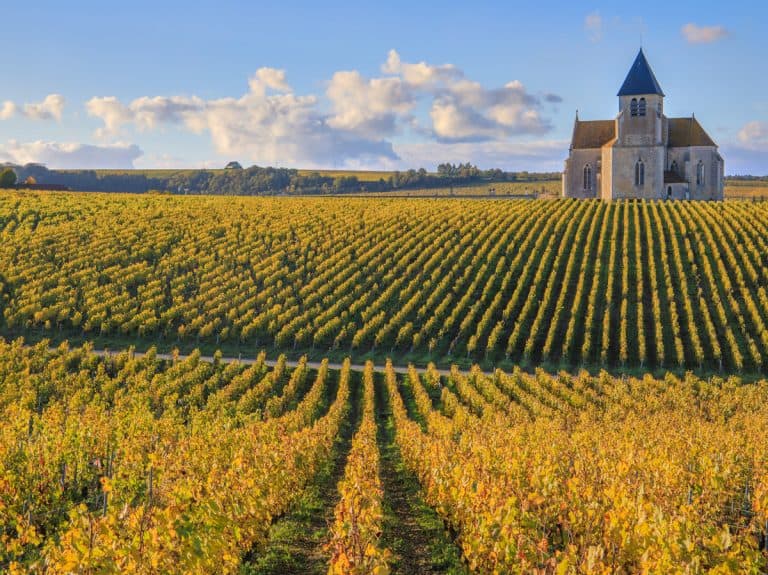 Burgundy’s resilience: growth in fine French wines despite a challenging vintage
Burgundy’s resilience: growth in fine French wines despite a challenging vintage